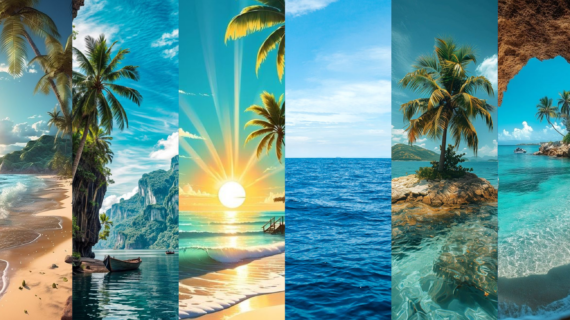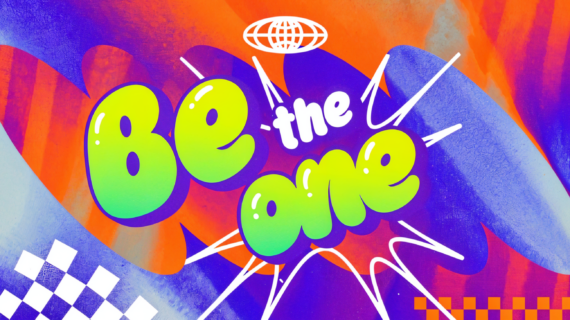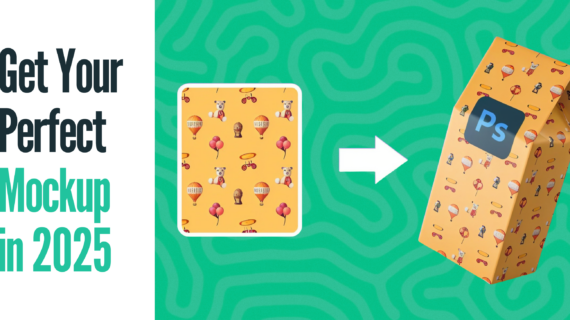Ocean Background Images in High Resolution — Whether you’re a graphic designer, a blogger, or simply someone looking for a stunning wallpaper, high-resolution ocean background images can add a touch of tranquility and beauty to your projects. In this article, we’ll explore some of the best online resources to find and download free ocean images.
Why Use High-Resolution Ocean Images?
- Enhanced Visual Appeal: High-resolution images provide greater detail and clarity, making your designs more visually striking.
- Versatility: These images can be used for a wide range of applications, from websites and presentations to print materials.
- Professional Look: High-quality images give your projects a polished and professional appearance.
Top Platforms for Free Ocean Background Images
- Unsplash: Unsplash is one of the most popular platforms offering high-quality, free images, including a vast collection of ocean-themed images. With thousands of photos from professional and amateur photographers, you can find a variety of ocean scenes, from calm waves to white sandy beaches. Unsplash is known for:
- Image quality: All images on Unsplash are high resolution, ideal for backgrounds or other creative uses.
- Community of photographers: Each image is curated by a global community of photographers, ensuring consistent quality.
- Easy search feature: You can quickly find ocean images by typing relevant keywords.
- License-free usage: Images can be used for both commercial and non-commercial purposes without attribution, though giving credit to photographers is encouraged.
- Pexels: Pexels is another popular platform for free stock photos, offering a range of ocean images with different moods, from calm seas to crashing waves. This platform provides:
- A diverse collection of images: From peaceful ocean views to stormy seas, Pexels has a wide selection of ocean images.
- User-friendly interface: The site is easy to navigate, with a quick search feature and a simple download process.
- High resolution and license-free: All images on Pexels are free to use for personal or commercial projects without requiring credit.
- Pixabay: Pixabay is a stock image platform that hosts a vast library, including photos, illustrations, and vectors. Here, you’ll find a dedicated section for nature images, including beautiful ocean photos. Pixabay has several key features, such as:
- Thousands of high-quality ocean images: Pixabay offers ocean images in various moods and perspectives, perfect for backgrounds or other visual needs.
- Commercial use without attribution: Pixabay allows images to be used for commercial purposes without requiring attribution, making it a flexible platform for business or personal projects.
- Multiple format options: In addition to photos, there are ocean-themed illustrations and vectors available for graphic design or creative projects.
- Burst by Shopify: Burst by Shopify is a platform supported by Shopify, designed to help small business owners and creators with free, high-quality stock images. Burst also has an impressive collection of ocean images, including:
- Exclusive image collection: While the collection on Burst may not be as extensive as Unsplash or Pixabay, it offers exclusive, professionally curated images.
- Commercial use images: All images on Burst are free to use for commercial purposes, making them perfect for business websites or product promotions.
- Various angles and perspectives: Burst offers ocean images from multiple viewpoints, including close-ups of waves, coastal views, and wide panoramas, making it easy to find images that suit your visual needs.
- Gratisography: Gratisography is a top choice if you’re looking for images that are unique and creatively styled. This platform offers a collection of high-resolution, free-to-use images, including some ocean scenes that feature an artistic touch. Key features of Gratisography include:
- Creative and unique image style: Gratisography is known for its out-of-the-box and artistic images, ideal for projects seeking a different look.
- Free, high-resolution images: All available images are free of charge and can be used for both personal and commercial purposes.
- Distinctive image themes: If you’re looking for unconventional ocean images, such as unique angles or unusual colors, Gratisography is a great choice.
Tips for Finding the Perfect Ocean Image
- Use specific keywords: Instead of just searching for “ocean,” try using more specific terms like “tropical beach,” “stormy sea,” or “underwater coral reef.”
- Consider the image’s aspect ratio: Ensure the image’s dimensions match your project’s requirements.
- Check the license: Always verify the license terms to ensure you can use the image for your intended purpose.
- Pay attention to image quality: Look for images with high resolution and minimal compression artifacts.
Additional Resources
- StockSnap.io: Another great resource for free stock photos, including a variety of ocean images.
- Kaboompics: Offers a curated collection of free stock photos with a focus on minimalist and modern aesthetics.
- Life of Pix: Provides high-quality images free of copyright restrictions.
Conclusion
With so many fantastic resources available, finding the perfect ocean background image is easier than ever. By exploring these platforms and following the tips provided, you can enhance your projects with stunning visuals. Remember to always give credit to the photographer or website when required.










